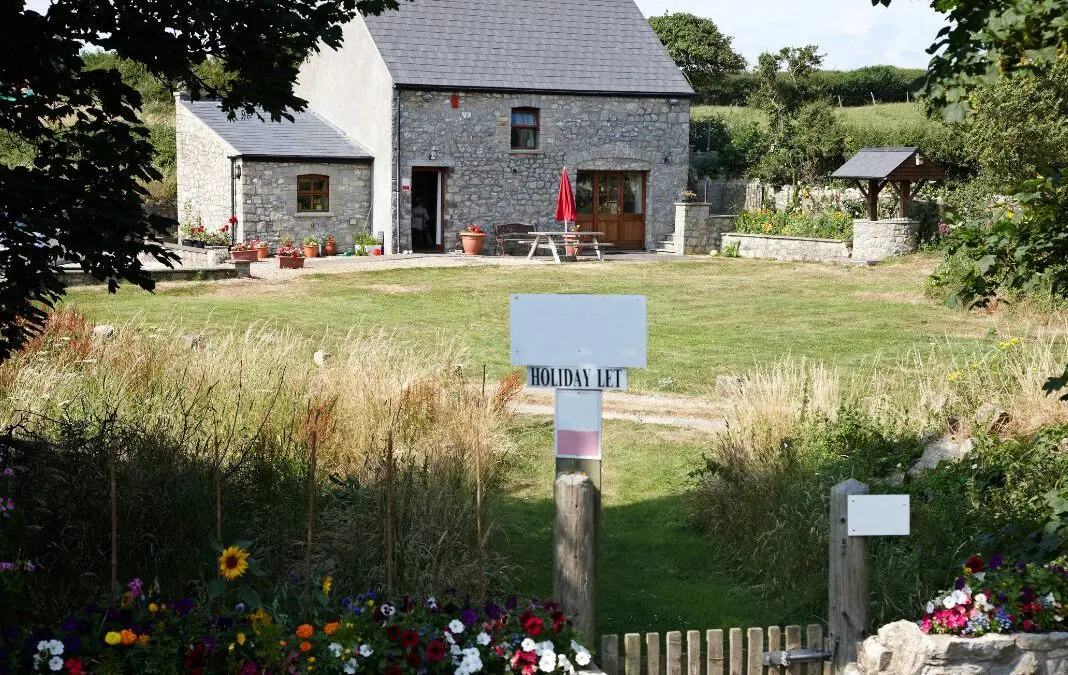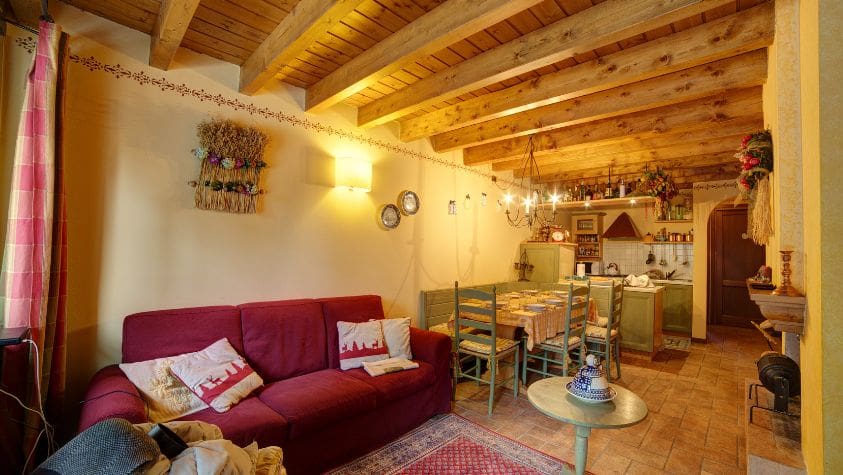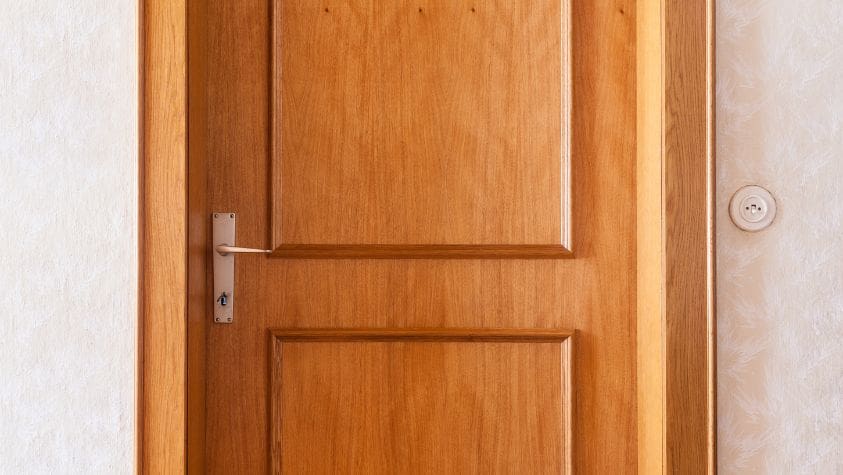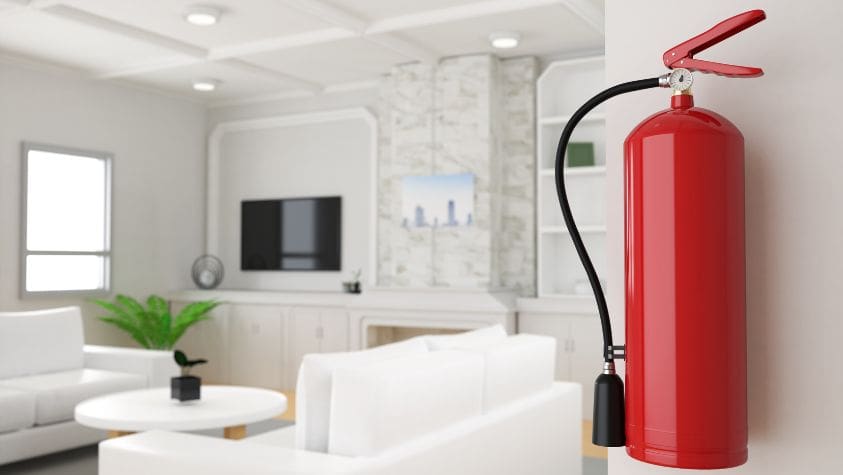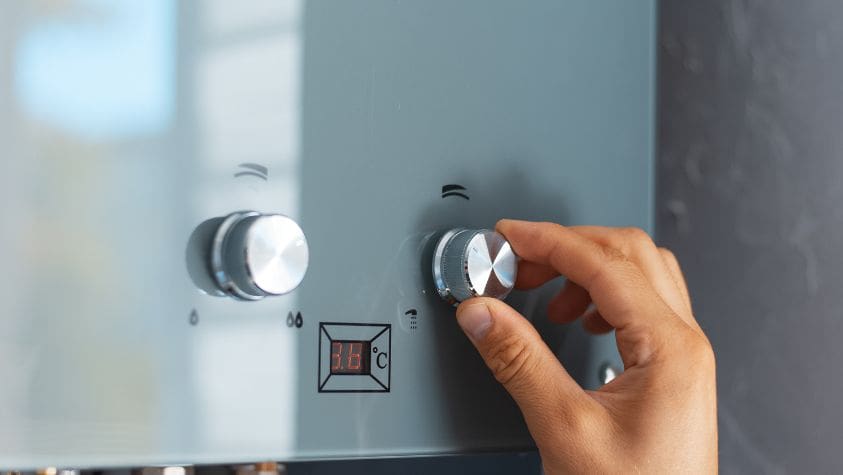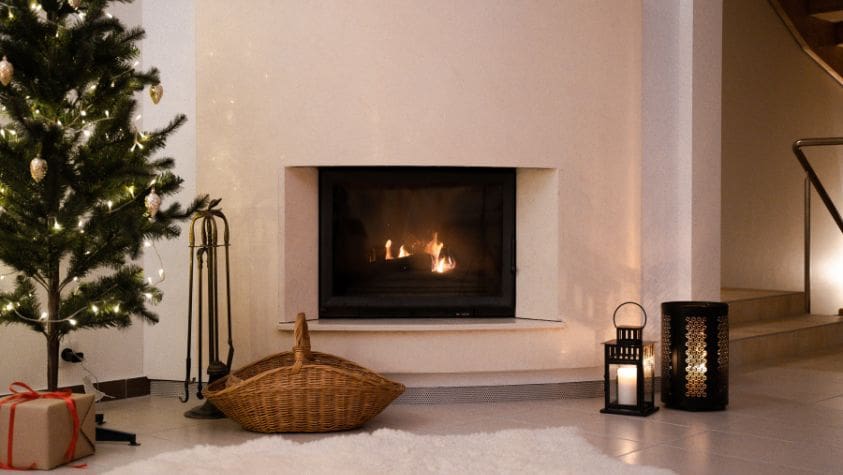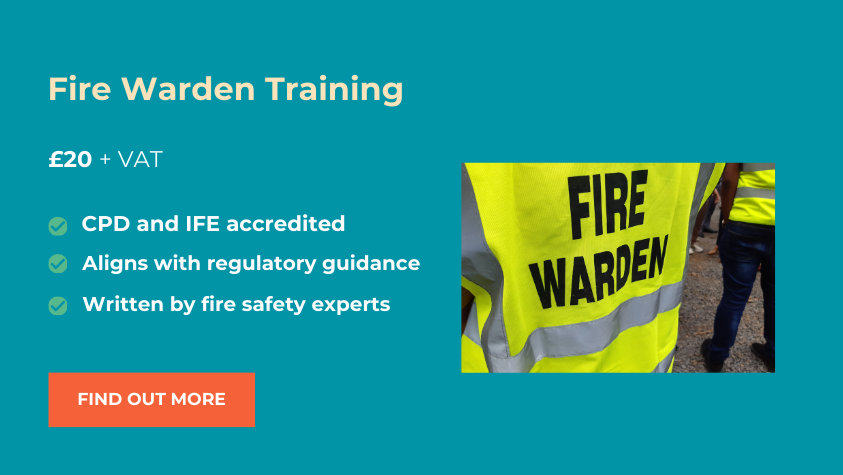Fire safety for holiday lets
Self-catering holiday lets, including a wide variety of properties such as apartments, lodges, cottages and glamping pods, are short-term rental accommodation not used as a permanent home by visitors on holiday.
Owners or managers of these holiday lets must identify and mitigate fire risks to ensure guest safety. This responsibility involves complying with the Regulatory Reform (Fire Safety Order) 2005 which mandates fire safety for holiday lets in England and Wales, including those renting out just a room. Compliance includes:
- Conducting a written fire risk assessment and reviewing it regularly.
- Addressing identified risks and putting fire safety measures in place.
- Ensuring fire safety equipment is in good working order.
- Providing information to guests so they know what to do in the event of a fire.
New UK Government guidelines for fire safety for holiday lets, effective from 1 October 2023, introduced specific rules based on a holiday let’s size and characteristics. These guidelines apply to properties accommodating up to 10 people with no more than 4 bedrooms on the first floor, including individual flats within converted houses or purpose-built blocks. You can refer to the Home Office’s published guide here: Making your small paying-guest-accommodation safe from fire. This guide includes a useful fire risk assessment checklist template.
For any holiday lets that are open plan (regardless of the number of bedrooms), have 4 bedrooms or more or sleep more than 10 guests, then you’ll need to follow a different set of guidelines for fire safety for holiday lets: Fire Safety Risk Assessment: Sleeping Accommodation.
If owners or property managers fail to comply with the Fire Safety Order and the new legislation for fire safety for holiday lets, there may be consequences such as enforcement action, prosecution, fines or imprisonment.
The next section offers specific considerations for fire safety for holiday lets when conducting a thorough fire risk assessment. It also describes the implementation of specific fire safety measures for holiday lets to ensure the property meets legal and safety standards to protect guests. It’s important to conduct your own research, as the information provided in this guide is just intended as general advice.
Specific considerations and fire safety measures for holiday lets
- Identify guests with special needs for fire evacuation at the time of booking, such as those with restricted mobility.
- Provide clear, accessible fire safety and evacuation information to all guests.
- Install extensive fire alarms to alert guests, with well-planned, unobstructed evacuation routes. Single-exit properties must have routes shorter than 18 metres. Open plan areas may require additional fire safety measures.
- Ensure escape routes have doors or other adaptations that provide 30 minutes of fire resistance. Install emergency escape lighting in bedrooms, this may be as simple as rechargeable torches in smaller accommodation but may need automatic emergency lighting systems in larger properties.
- Provide essential firefighting equipment, including extinguishers (one per floor) and fire blankets.
- Regularly test and maintain fire safety equipment, including alarms and emergency lighting with a competent contractor. Record these checks at each occupancy change.
- Install interlinked smoke and heat alarms in all areas prone to fires, including kitchens, living areas and escape routes. Prohibit smoking in the holiday let.
- Ensure annual inspections of heating and hot water systems, including those powered by renewable sources. Avoid portable heaters and ensure log burners have all the safety features and annually service chimney flues.
- Adhere to electrical safety guidelines, including regular inspections and obtaining an Electrical Installation Condition Report (EICR) every 5 years.
- Ban open flames, such as candles and ensure this policy is clear to all guests.
- Ensure final exits are not secured by bolts, locks and keys but by simple locks for easy evacuation.
- Promote safe cooking practices and maintain and clean all appliances regularly.
- Comply with the Furniture and Furnishings Fire Safety Regulations 1988 for all furnishings.
- Maintain good housekeeping to prevent fires, ensuring escape routes are clear and rubbish isn’t left lying around.
- Vet contractors for qualifications and adherence to fire safety measures during hot work.
- Store dangerous substances properly for barbecues and ensure outdoor fire safety risks are kept at a safe distance from the property. There may be additional fire hazards during the festive season with decorations and lights.
- Provide comprehensive fire safety training for staff, covering everything from daily checks to emergency responses.
Ensuring fire safety for holiday lets is a legal necessity. The Regulatory Reform (Fire Safety Order) 2005 establishes these obligations, which are further expanded by the introduction of new guidelines for small holiday lets effective from 1 October 2023. As an owner or manager of self-catering holiday lets under the Fire Safety Order, you should conduct a thorough a fire risk assessment, leading to actions aimed at fire prevention and fire protection. This includes ensuring escape routes are unobstructed and easily accessible, implementing robust fire detection systems and conducting regular checks and maintenance on all fire safety equipment. These measures are essential to creating a secure environment for your guests.
Interested in our fire safety training?
Our online fire safety training courses help owners and managers of holiday lets manage their fire safety obligations. Our fire safety training covers all aspects of fire safety management, from identifying potential fire hazards to implementing effective evacuation procedures and offering advice on conducting fire risk assessments.
Our customer service team is on hand to answer any questions you may have before you purchase.
